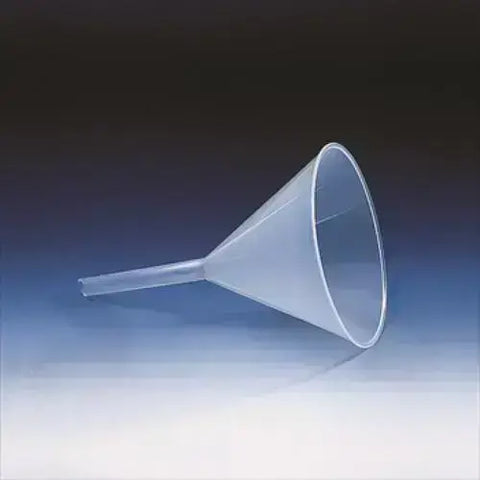Have you ever wondered what polypropylene is and why it’s so cool? Polypropylene is a type of plastic that you can use to make all kinds of things with CNC machines and DIY projects. In this blog post, you will learn:
- What polypropylene is and why it’s great for CNC machines and DIY projects
- How to pick the right tools and settings for CNC engraving, cutting, and milling polypropylene
- How to use polypropylene for fun and creative DIY projects at home or in the workshop
Let’s dive in!
🎉🎉🎉Limited Time Offer Use code: QR4GNY08SHVR at checkout and enjoy a special discount on your entire order! 👉 PP plastic
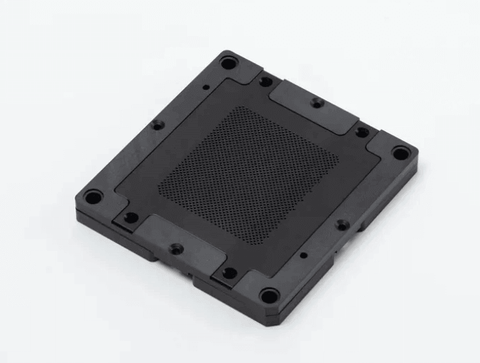
What is polypropylene and why is it great for CNC machines and DIY projects?
Polypropylene (PP) is a type of plastic that you can find in many products and industries. It has some awesome features that make it better than other plastics, such as:
-
It can resist most chemicals, so you can use it to make containers and equipment for labs or experiments .
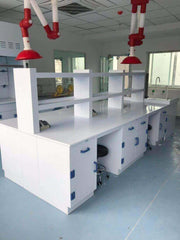
- It can bend and stretch without breaking, so you can use it to make things that need to be flexible and strong .
- It can be heated and molded into different shapes and forms, so you can use it to make things that need to be customized and unique .
- It doesn’t absorb water or humidity, so you can use it to make things that need to be dry and stable .
These features make polypropylene a great material for CNC machines and DIY projects. CNC machines are machines that use computers to control tools that can create precise and complex shapes and parts from various materials. DIY projects are things that you can make or modify by yourself, usually for fun or personal use.
Polypropylene can be easily used with standard CNC equipment, such as engraving tools, cutting tools, and milling tools. It can also be used for various DIY projects at home or in the workshop, such as toys, furniture, art, crafts, etc.
But polypropylene also has some drawbacks that you should know before using it. For example:
- It doesn’t stick well to paints or inks, so you might have trouble coloring or decorating it.
- It melts at around 160°C (320°F), so you might have trouble using it with high temperatures .
- It fades or cracks when exposed to sunlight, so you might have trouble using it outdoors.
So, you should keep these factors in mind when choosing polypropylene for your CNC machines or DIY projects.
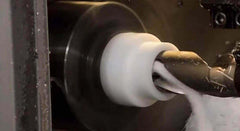
How to pick the right tools and settings for CNC engraving, cutting, and milling polypropylene
CNC engraving, cutting, and milling are three common types of CNC machine processes that you can use to make different shapes and parts from polypropylene. Here are some tips on how to pick the right tools and settings for each process.
CNC Engraving
CNC engraving is when you use a tool with a sharp tip to carve or etch patterns or designs on the surface of a material. To engrave polypropylene with CNC machines, you should:
- Use sharp engraving tools with small sizes (like 0.1 mm or 0.004 in) to make fine details .
- Use low speeds (like 10,000 rpm) to avoid making too much heat that might melt or deform the material .
- Use low feeds (like 100 mm/min or 4 in/min) to make sure your engraving is smooth and accurate .
- Use shallow cuts (like 0.1 mm or 0.004 in) to avoid ripping or chipping the material .
- Use coolant or lubricant to reduce friction and heat that might damage the tool or the material .
- Clamp the material firmly to prevent shaking or moving during engraving .
Some examples of things you can make with CNC engraved polypropylene are signs, logos, labels, etc.
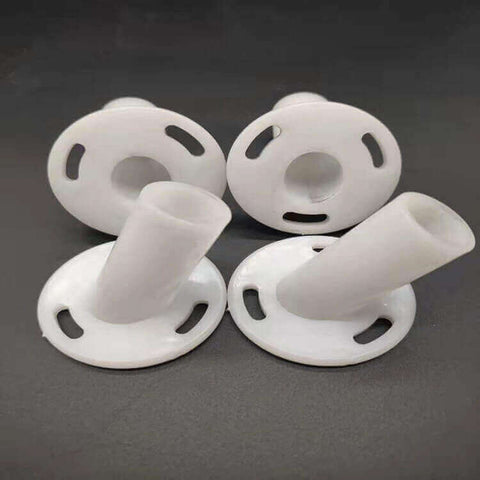
CNC Cutting
CNC cutting is when you use a tool with a sharp edge to cut through a material along a path. To cut polypropylene with CNC machines, you should:
- Use sharp cutting tools with large sizes (like 6 mm or 0.24 in) to make smooth and clean cuts .
- Use high speeds (like 20,000 rpm) to make fast and efficient cuts .
- Use high feeds (like 500 mm/min or 20 in/min) to reduce the time and heat that might melt or deform the material .
- Use moderate cuts (like 1 mm or 0.04 in) to avoid making too many chips that might clog the tool or the machine .
- Use coolant or lubricant to reduce friction and heat that might damage the tool or the material .
- Clamp the material firmly to prevent shaking or moving during cutting .
Some examples of things you can make with CNC cut polypropylene are containers, parts, shapes, etc.
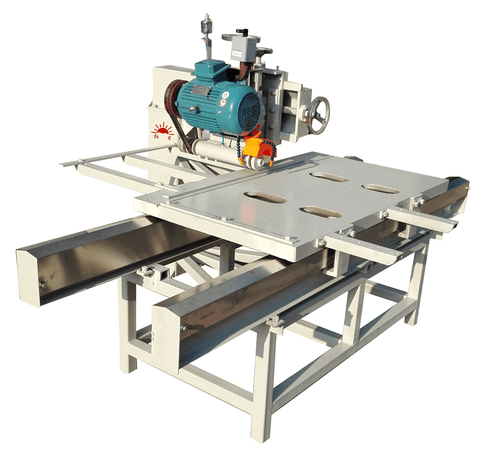
CNC Milling
CNC milling is when you use a tool with multiple cutting edges to remove material from a piece along a path. To mill polypropylene with CNC machines, you should:
- Use end mills with large flutes (like 4 or more) to allow for easy chip removal and prevent clogging .
- Use moderate speeds (like 15,000 rpm) to balance between cutting efficiency and heat generation .
- Use moderate feeds (like 300 mm/min or 12 in/min) to balance between cutting speed and accuracy .
- Use shallow cuts (like 0.5 mm or 0.02 in) to avoid making too much heat that might melt or deform the material .
- Use coolant or lubricant to reduce friction and heat that might damage the tool or the material .
- Clamp the material firmly to prevent shaking or moving during milling .
Some examples of things you can make with CNC milled polypropylene are orthotic and prosthetic devices, plenums and manifolds, valve bodies, etc.
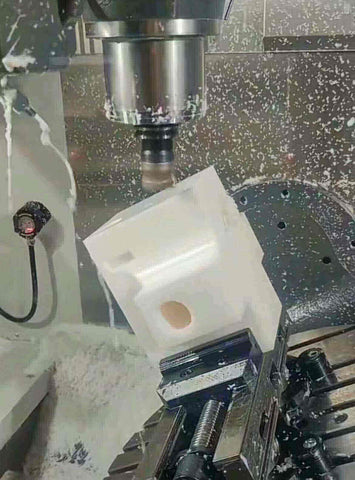
How to use polypropylene for fun and creative DIY projects at home or in the workshop
Polypropylene can be used for fun and creative DIY projects at home or in the workshop, such as toys, furniture, art, crafts, etc. Here are some ideas and inspiration for things you can make with polypropylene:
- Toys: You can use polypropylene sheets to make various toys for your kids, such as cars, planes, boats, puzzles, etc. You can cut out the shapes with a CNC machine or a hobby knife, and then glue them together with hot glue or epoxy. You can also color them with acrylic paints or markers.
- Furniture: You can use polypropylene sheets to make various furniture items for your home, such as chairs, tables, shelves, cabinets, etc. You can cut out the pieces with a CNC machine or a circular saw, and then join them together with screws or bolts. You can also add cushions or upholstery for comfort and style.

- Art: You can use polypropylene sheets to make various art pieces for your walls, such as paintings, sculptures, collages, etc. You can cut out the shapes with a CNC machine or a hobby knife, and then glue them together with hot glue or epoxy. You can also color them with acrylic paints or markers.
- Crafts: You can use polypropylene sheets to make various crafts for your hobbies, such as jewelry, accessories, ornaments, etc. You can cut out the shapes with a CNC machine or a hobby knife, and then glue them together with hot glue or epoxy. You can also add beads, sequins, feathers, etc. for decoration.
You can find polypropylene sheets online or offline from various suppliers. The price may vary depending on the size, thickness, color, and quality of the material.
Polypropylene is a cool and useful plastic that you can use to make all kinds of things with CNC machines and DIY projects. It has some awesome features that make it better than other plastics, such as chemical resistance, elasticity, fatigue resistance, thermoforming performance, low moisture absorption, etc.
But it also has some drawbacks that you should know before using it. For example:
- It doesn’t stick well to paints or inks
- It melts at around 160°C (320°F)
- It fades or cracks when exposed to sunlight
So, you should keep these factors in mind when choosing polypropylene for your CNC machines or DIY projects.
To use polypropylene for CNC machines and DIY projects, you need to pick the right tools and settings for each process.
I hope you enjoyed this blog post and learned something new. If you have any questions or comments, feel free to leave them below. And if you want to see more posts like this one, don’t forget to subscribe to our blog!
🎉🎉🎉Limited Time Offer Use code: QR4GNY08SHVR at checkout and enjoy a special discount on your entire order! 👉 PP plastic
